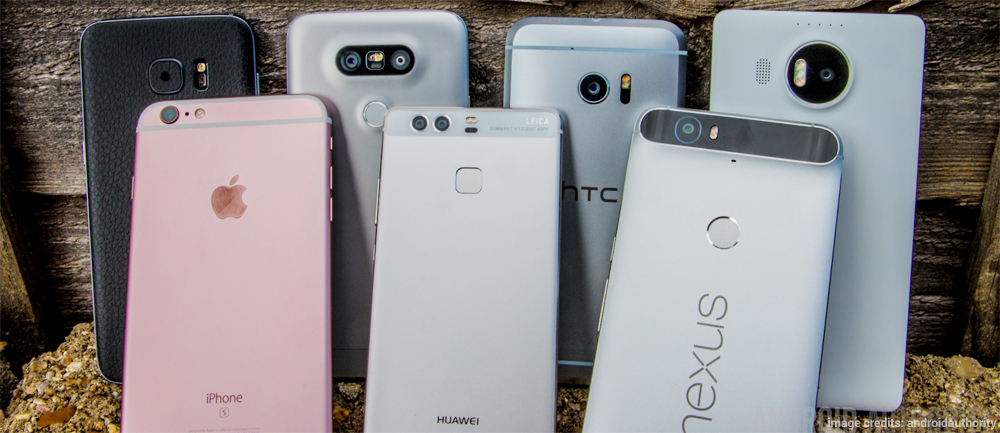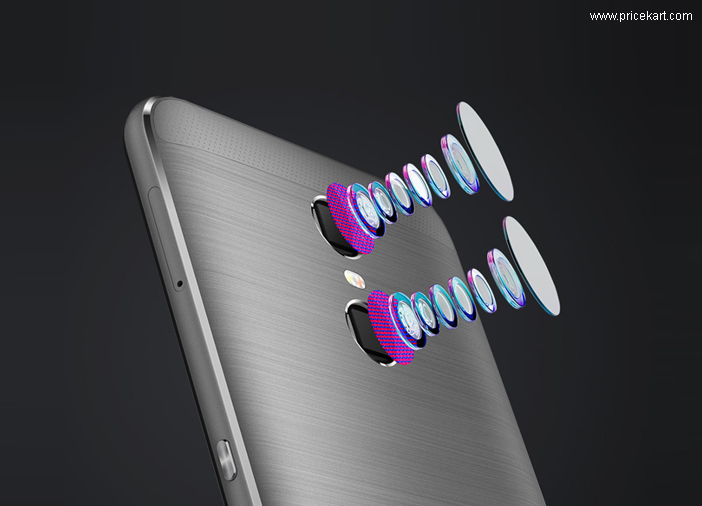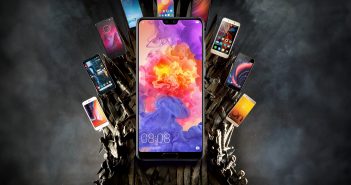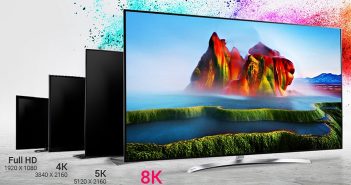“Two is better than one.”
The above line perfectly goes with the dual rear camera smartphones. The smartphones with dual camera sensors are slowly becoming a trend. Having two sensors for capturing images would probably improve the overall picture quality, isn’t it? However, most of us actually don’t know whether a good camera phone with one camera sensor is sufficient or two camera sensors are perfect for photography. Let’s find out having a dual camera smartphones is an essential aspect of photography or not.
Basically, the secondary camera and its sensor supplement the imaging process. Using both sensors, a merged photograph is formed from the images captured by these two sensors. It allows users to have new functionalities with their smartphone camera. See why smartphones are coming with dual camera setup below.
Dual camera smartphones are useful for:
Portrait photo
The portrait photography allows users to add a bokeh effect (background blur) in images. Using this feature, the smartphone can focus on a subject and gives a nice photo art by adding blur effect in the background.

The large cameras have a larger size of the lens and aperture which allow adding the analogue blur effect naturally. However, the smartphone cameras have small lenses and sensors equipped on them. Such small lenses and sensors are unable to create the natural effect. Hence, a software emulation process artificially creates the effect.
The dual camera smartphones have separate sensors for capturing different aspects like depth information and other details. Thus, it automatically creates analogue blur effect without adding the processing time and quality loss. Therefore, the dual camera smartphones are effective for getting perfect bokeh effect. The Huawei P10 and the Apple iPhone 7 Plus are the foremost contenders in the smartphone portrait photography.
Wide-angle photo
The wide-angle photography allows users to capture more of what’s ahead of them. The wide-angle photography made a debut on the LG G5 smartphone and later on, the LG V20 and LG G6 followed the feature.
Furthermore, wide-angle photography is used to capture large perspectives such as concert halls, cityscapes, tall buildings, and others. Regular smartphone cameras are incompetent to capture such images.
Telephoto

The telephoto photography is exactly opposite to the wide-angle photography. Every smartphone has the zoom function for their camera, however the zooming damages the resolution of the images. The more you use zoom, the more quality/resolution loss you’ll get.
The dual camera module on smartphones helps to retain the image resolution up to a certain extent. However, it is often advised that instead of using the digital zoom, moving forward is the best option wherever possible.
(Editor’s Note: The images used in the blog are copyright of their respective owners. It is for representation purpose only.)
We can’t say ‘Two is better than one’ in the case of smartphone cameras. The need of such camera setup depends on what exactly the user intended to use the camera. The dual camera smartphones are ideal for bokeh and portrait modes. Unless you are so obsessed with such kind of photography, the single camera system is quite enough for you.




